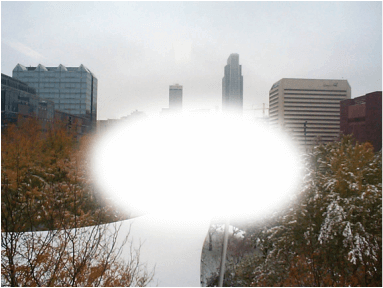Preventive Measures
While some cases of scotoma can't be prevented, especially those linked to genetic factors or unavoidable health conditions, there are several steps you can take to protect your ocular health and potentially reduce your risk of developing scotomas:
Regular Eye Examinations: Regular visits to our optometrist can lead to early detection of conditions that could cause a scotoma, allowing for early intervention.
Manage Systemic Diseases: If you have a systemic disease like diabetes or hypertension, ensuring that it is well-managed can help prevent vision loss and scotomas.
Healthy Lifestyle: Maintaining a healthy lifestyle that includes a balanced diet, regular exercise, and avoiding harmful habits like smoking can contribute to overall eye health.
Eye Protection: Protecting your eyes from injuries and excessive exposure to sunlight can also be beneficial.
In the field of optometry, we continually strive for advancements in the diagnosis and treatment of various eye conditions, including scotomas. At Amplify EyeCare, we are committed to providing the best possible eye care to our patients.





















